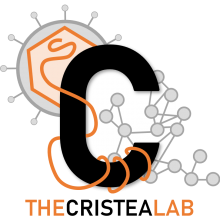Research on the Human Proteome Reaches a Major Milestone: >90% of Predicted Human Proteins Now Credibly Detected, According to the HUPO Human Proteome Project
Type
According to the 2020 Metrics of the HUPO Human Proteome Project (HPP), expression has now been detected at the protein level for >90% of the 19 773 predicted proteins coded in the human genome. The HPP annually reports on progress made throughout the world toward credibly identifying and characterizing the complete human protein parts list and promoting proteomics as an integral part of multiomics studies in medicine and the life sciences. NeXtProt release 2020-01 classified 17 874 proteins as PE1, having strong protein-level evidence, up 180 from 17 694 one year earlier. These represent 90.4% of the 19 773 predicted coding genes (all PE1,2,3,4 proteins in neXtProt). Conversely, the number of neXtProt PE2,3,4 proteins, termed the "missing proteins" (MPs), was reduced by 230 from 2129 to 1899 since the neXtProt 2019-01 release. PeptideAtlas is the primary source of uniform reanalysis of raw mass spectrometry data for neXtProt, supplemented this year with extensive data from MassIVE. PeptideAtlas 2020-01 added 362 canonical proteins between 2019 and 2020 and MassIVE contributed 84 more, many of which converted PE1 entries based on non-MS evidence to the MS-based subgroup. The 19 Biology and Disease-driven B/D-HPP teams continue to pursue the identification of driver proteins that underlie disease states, the characterization of regulatory mechanisms controlling the functions of these proteins, their proteoforms, and their interactions, and the progression of transitions from correlation to coexpression to causal networks after system perturbations. And the Human Protein Atlas published Blood, Brain, and Metabolic Atlases.

